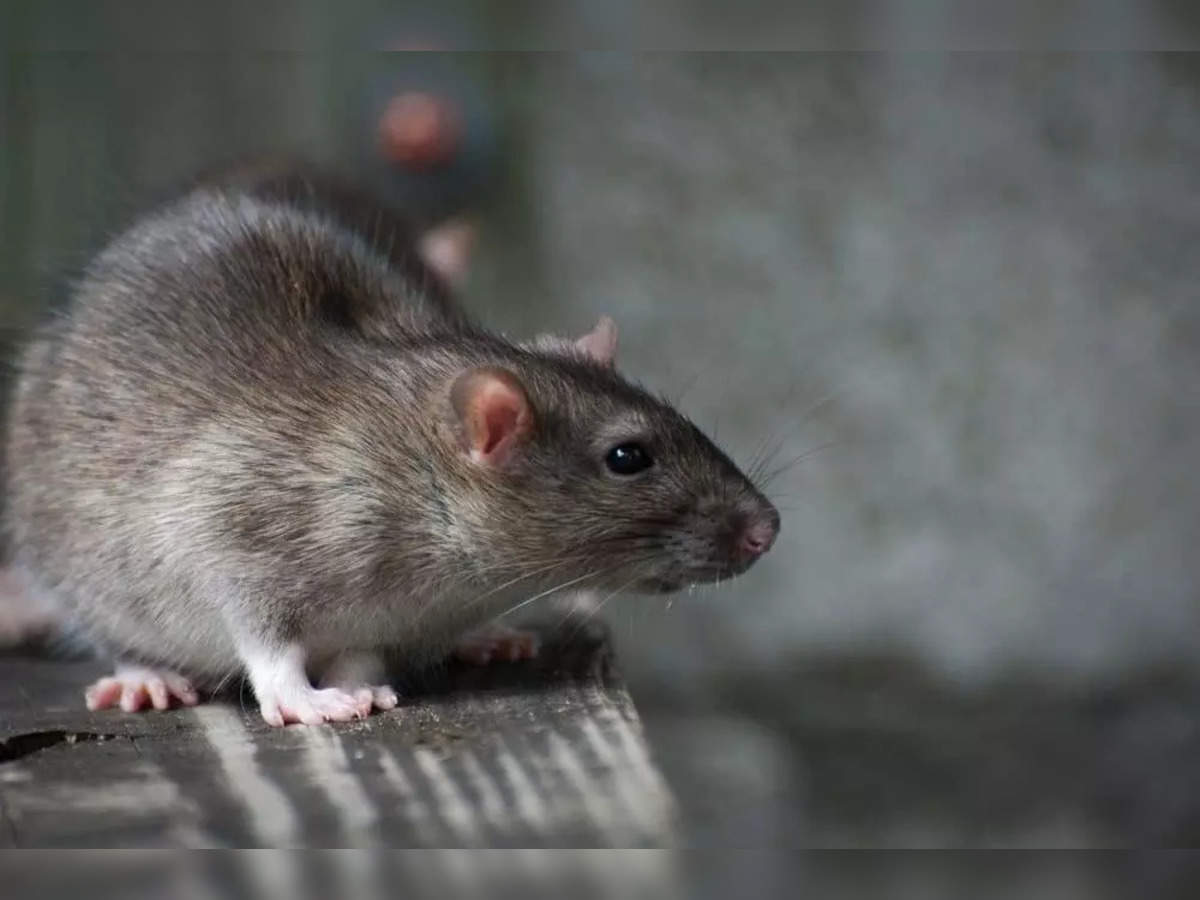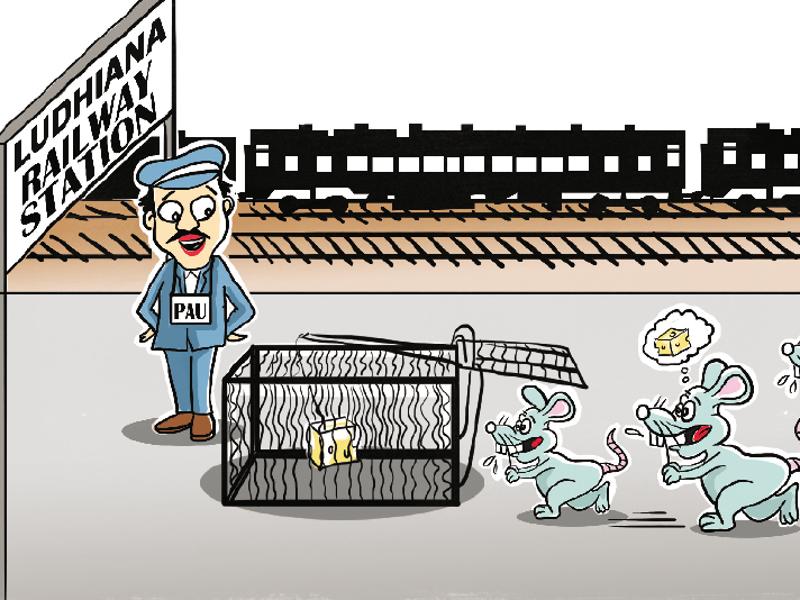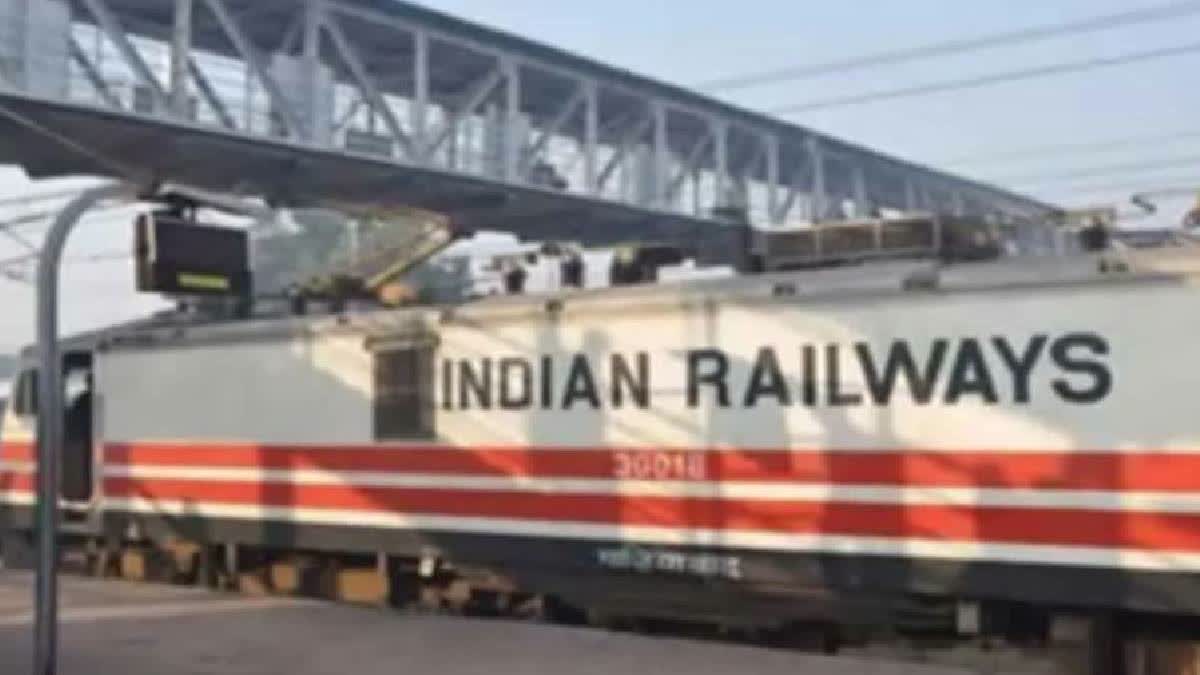Indian Railways Spent INR 69.5 Lakh to Catch Just 168 Rodents: Rats of Corruption in Indian Railways?
RTI Query revealed that Lucknow division of Northern Indian Railways spent INR 69.5 Lakh for catching 168 rats, Congress alleges corruption.

Indian Railways Spent INR 69.5 Lakh to Catch Just 168 Rodents: Rats of Corruption in Indian Railways?
In a startling revelation, the Lucknow division of Northern Railways in India has spent an unbelievable INR 69.5 lakh (approximately $93,000) between 2020 and 2022 to catch a mere 168 rats. This translates to a staggering INR 23.2 lakh (around $31,000) per year or over INR 41,000 (around $550) for every rodent. The extravagant expenditure on pest control has come to light as a result of an RTI query which had been filed by activist Chandrashekhar Gaur.
The response to Gaur’s RTI application has raised eyebrows and left taxpayers hacing doubts about the effectiveness of resource utilization within the Indian Railways. While pest and rodent control typically fall under the category of primary maintenance, it is extremely essential to dissect the exorbitant expenses which have been incurred by the Lucknow division of Northern Railways.
The Numbers Speak
The information provided in the answer to the RTI inquiry indicates that the Lucknow division spent INR 69.5 lakh between the years 2020 and 2022, yet only 168 rats were actually seized. When these figures are broken down further, they become significantly more baffling. Rats were trapped in numbers ranging from 83 in 2020 to 45 in 2021 to 40 in 2022. The decreasing numbers, in spite of continued spending, highlight the ineffectiveness of the pest control strategy.

Responsibility and Accountability for Rat-Catching in Railways
Who exactly is in charge of rat-catching within the Indian Railways is one of the important concerns this disclosure raises. The railways have made it clear that M/s Central Warehousing Corporation, located in Gomtinagar, is responsible for eliminating rats as well as pests in the Lucknow division. This organization, a Government of India undertaking, is in charge of controlling rodents and rats. This includes tasks like flushing, spraying, stalling, maintaining, as well as guarding against pests like cockroaches on railway lines as well as keeping rats from entering train bogies.
Silence from Other Divisions
Five divisions make up the Northern Railways: Delhi, Ambala, Lucknow, Firozpur, as well as Moradabad. However, only the divisions in Lucknow and Ambala have responded to Gaur’s RTI request, which was intended to gather information about expenditures on rat-catching from all of these divisions. The Ambala division acknowledged spending INR 39.3 lakh on pest management but withheld information on the amount that was spent on rodent control. In the meantime, the Delhi division asserted that pest control is outsourced to companies on a contractual basis. Unfortunately, neither the Firozpur nor the Moradabad divisions responded to the request.
The Need for Accountability and Transparency
The Indian Railways’ exorbitant spending on rat-catching raises important issues of responsibility, transparency, along with the appropriate utilization of the money that taxpayers provide. Taxpayers have a right to be aware of how their money is being used, particularly if it seems to be being improperly allocated. While pest management is unquestionably necessary to preserve the quality as well as hygienic standards of the rail system, it is crucial that governmental organizations practice budgetary restraint in order to make sure that taxpayer funds are put to use wisely.
Indian Railways Clarifies Rat Control Expenditure Amid Controversy
In response to recent media reports which were highlighting the exorbitant expenditure on rat control, the Lucknow division of Indian Railways has released a clarifying statement. The controversy arose after the RTI query which revealed that the division had spent a staggering INR 69.5 lakh. The division’s statement sheds light on the nature of their rat control efforts as well as tries to put the expenses, which appear enormous, into perspective.
The reported spending, in accordance to the official declaration made by the Lucknow division, includes a wide range of actions intended to manage rodents as well as pests. The use of a flushing chemical to prevent cockroach infestations, methods to stop rats from getting into train coaches by cleaning the stabling as well as the maintenance lines, in addition to fogging operations are a few examples of these measures.
“The work is more of a preventive nature rather than actively catching rodents. The total cost as mentioned in the article, is Rs 23.2 lakh per year for the comprehensive control of cockroaches, rodents, bed bugs, mosquitoes in all coaches maintained at Lucknow Division,” the statement clarified.
The Indian Railways went on to provide additional context, highlighting that the expenditure needs to be viewed in the context of the enormous number of coaches they have the responsibility to maintain. With an average of 25,000 coaches addressed every year, the approximate cost for rodent control per coach comes to a just INR 94. The statement further mentions that this is a “very minimal cost considering the damage and destruction which can be caused by rodents.”
However, it is important to note that the Railways declined to respond to Chandrashekhar Gaur’s question about the cost of damage that was caused by rats, citing that no damage assessment had been carried out. The claim that trapping one rat costs INR 41,000, as was previously reported, is flatly refuted by the Indian Railways division in Lucknow. The information provided has been dismissed as a misrepresentation of reality as well as distortion of facts intended to harm the credibility of Indian Railways, according to the Railways statement.

Congress Accuses Indian Railways of Corruption
In the wake of these recent revelations regarding the astronomical expenditure on rat control by the Lucknow division of the Northern Railways, the Indian National Congress has lashed out, levelling allegations of corruption within the Indian Railways.
Randeep Singh Surjewala, an eminent Congress leader, did not mince his words in expressing his outrage and condemning the purported misallocation of funds within the Indian Railways. Posting comments on social media, Surjewala alleged that “rats of corruption” were running rampant across the nation, metaphorically “picking people’s pockets.”
In the tweet, Surjewala emphasized the staggering cost involved, stating the following- “Railways spent Rs 41,000 and 6 days on catching a rat! By spending a total of Rs 69 lakh 40 thousand, 156 rats were caught in 3 years! This is the condition of Lucknow region alone.”
Surjewala’s harsh statements covered more ground than just the particular problem of rat spending. He drew a parallel between what he called the “rats of corruption” as well as the problems that regular people face on a daily basis. He claimed that corruption was stealing the money of the public and that the masses were paying the price for it through inflation that was increasing day by day.
He lamented, “Under BJP rule, people are hit by rampant inflation every day. Even the concession given to the elderly in rail fares has been eaten away! Still, he says – ‘Neither will I eat nor will I let you eat ..’!”
The Congress’s reaction to the rat expenditure controversy underscores the ongoing requirement for transparency as well as accountability in government spending. Despite the fact that the Indian Railways has provided a thorough justification of their spendings, allegations of corruption serve the importance of strict oversight mechanisms along with a more comprehensive as well as transparent reporting system regarding budget allocation and utilization.
As this controversy unfolds, it becomes increasingly crucial for government organizations to not only address allegations of corruption but also to take proactive steps to enhance transparency as well as accountability in public spending. Clear and efficient allocation of resources is not just a matter of fiscal responsibility; it directly affects the well-being of the citizens.
In the final analysis, the rat expenditure question has grown more complicated as a result of the Congress’s accusations of corruption within the Indian Railways. Although the charges at first seemed excessive, the Railways’ context emphasizes how crucial it is to assess such expenses as a whole. Particularly in crucial sectors like infrastructure upkeep, there is a pressing requirement for clearer communication, greater openness, as well as a more reliable mechanism for evaluating the efficacy of spending by the government. The ongoing discussion emphasizes the necessity for trustworthy controls to guarantee prudent use of public funds and accountability of government entities’ activities as well as expenditures.





